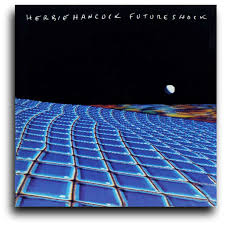Stuck in the Middle With You – Stealers Wheel – Jerry Leiber and Mike Stoller – 1972
- January 31st, 2013
- Write comment
The track begins with a loose acoustic guitar panned left. I call it ‘loose’ because the main acoustic guitar that drives the track is sharp and rhythmic in comparison. This first acoustic is boomy and full sounding while the latter guitar is thinner and steelier.
A deep bass guitar run introduces the song and the main instruments enter (and the first acoustic drops out) – bass in the centre, sharp steel string on the right, handclaps on the left. The drums seem to consist of simply a kick drum playing a straight four to the floor beat. The lead vocal enters, fairly dry and intimate. It is reinforced at the end of each verse with a harmony singing ‘Stuck in the middle with you’. After the first verse an electric guitar joins with short sharp stabs.
When the first chorus arrives a snare kicks in along with a tambourine/hi hat. The vocals are harmonised in the chorus.
The chorus ends with the ‘Please… please…’ section sung in falsetto that features a cow bell panned left and clean guitar strums panned right.
The second verse is much the same as the first but with a soloing electric guitar on the right. This verse is followed by an instrumental break that sees the soloing guitar continue and joined by another electric guitar on the left.
A second chorus follows but with more prominent tambourine/hi hat. After another ‘Please… please…’ section, the final verse is the same as the second with the soloing guitar on the right.
Overall an interesting production that uses an acoustic guitar to drive the song and electric guitars to add accents, and counterpoint to the vocal. The cowbell, acoustic strum, ‘Please… please…’ section is pretty much the hook of the song, although the ‘Clowns to the left of me, jokers to the right’ chorus is also pretty hooky.




